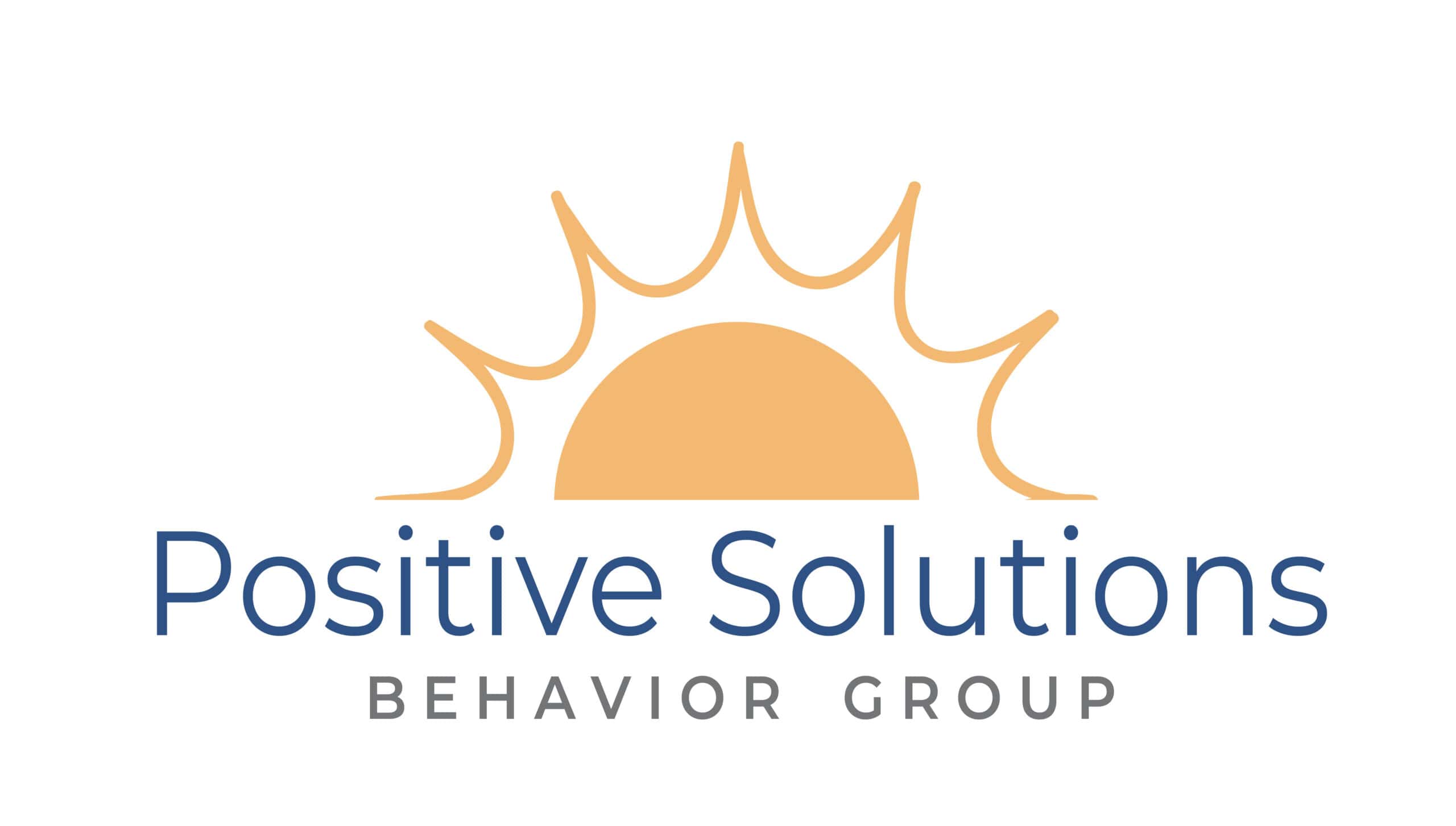Applied Behavior Analysis (ABA) has a profound impact on various aspects of everyday life. From helping children with autism develop essential social skills to improving workplace productivity through positive reinforcement, ABA techniques are versatile and effective. In schools, teachers use ABA to encourage desired behaviors, fostering a more conducive learning environment. It’s also employed in therapy settings, where therapists help individuals manage challenging behaviors and emotions. Overall, ABA is a powerful tool that promotes positive change, making it valuable in education, therapy, and even corporate training.
Enhancing Social Skills in Children with Autism
Applied Behavior Analysis (ABA) plays a crucial role in helping children with autism develop social skills. By breaking down social interactions into manageable steps, therapists use techniques like modeling, reinforcement, and role-playing to teach children how to initiate conversations, respond appropriately, and read social cues. For instance, a therapist might reward a child for making eye contact during a conversation or sharing toys with peers. Over time, these targeted interventions help children build confidence and engage more effectively with others, paving the way for meaningful relationships and improved communication.

Breaking Down Social Interactions
Therapists utilize ABA by breaking down social interactions into smaller, manageable parts. This structured approach helps children understand complex social cues, such as taking turns or listening actively. By focusing on one aspect of interaction at a time, children can gradually build their skills and confidence, making social situations less overwhelming. This methodical breakdown fosters a greater understanding of how to engage effectively with peers in various social contexts.
Modeling Positive Behaviors
Modeling is a key technique in ABA, where therapists demonstrate appropriate social behaviors for children to observe and imitate. This hands-on approach allows children to see practical examples of initiating conversations, sharing, or responding to questions. When children witness positive interactions, they are more likely to replicate those behaviors in real-life situations. This strategy not only aids in skill acquisition but also reinforces the idea that social engagement can be enjoyable and rewarding.
Utilizing Reinforcement Techniques
Reinforcement techniques are essential in ABA, as they motivate children to practice and apply their social skills. Therapists often reward positive behaviors, such as making eye contact or engaging in play, with verbal praise or tangible rewards. This encouragement creates a positive feedback loop, where children are more likely to repeat desirable behaviors. Over time, this reinforcement helps solidify new skills, making social interactions feel more rewarding and enjoyable for the child.
Engaging in Role-Playing Activities
Role-playing is an effective ABA strategy that allows children to practice social skills in a safe and structured environment. During these activities, therapists guide children through various scenarios, such as starting a conversation or resolving conflicts. Role-playing provides a low-pressure setting for children to experiment with new skills, receive immediate feedback, and build confidence. This interactive approach makes learning social skills engaging and enjoyable, encouraging children to apply what they’ve learned in real-life situations.
Building Confidence for Meaningful Interactions
Through consistent practice and reinforcement, ABA helps children develop the confidence needed for meaningful social interactions. As children master new skills, they become more willing to engage with peers and initiate conversations. This growing self-assurance not only enhances their communication abilities but also fosters deeper connections with others. Over time, children become more adept at navigating social situations, leading to improved relationships and a greater sense of belonging in their communities.
Promoting Positive Behavior in Schools
In educational settings, ABA techniques are employed to foster positive behavior among students. Teachers can implement strategies such as reinforcement schedules, behavior contracts, and visual supports to encourage on-task behavior and reduce disruptions. For example, a teacher might use a token system where students earn tokens for completing assignments or participating in class discussions, which they can later exchange for rewards. By creating structured environments that recognize and reinforce desired behaviors, schools can enhance learning outcomes and create a more supportive atmosphere for all students, promoting academic success.
Improving Workplace Productivity
Organizations are increasingly adopting ABA principles to enhance workplace productivity and employee satisfaction. By applying behavioral strategies like performance feedback and positive reinforcement, employers can motivate employees to achieve their goals. For instance, a company might implement a recognition program that rewards employees for meeting specific targets, fostering a culture of accountability and collaboration. Additionally, ABA can help address workplace challenges such as absenteeism and conflict resolution, leading to a more engaged workforce and a positive work environment. This results in higher morale and improved overall performance.
Supporting Individuals with Developmental Disabilities
ABA is instrumental in supporting individuals with developmental disabilities beyond autism, including those with Down syndrome, cerebral palsy, and intellectual disabilities. Therapists utilize tailored interventions to teach essential life skills, such as self-care, communication, and social interaction. For example, through task analysis and reinforcement, individuals can learn to complete daily routines independently, improving their quality of life. ABA’s systematic approach not only helps individuals gain independence but also promotes inclusion and acceptance in various settings, allowing them to thrive in their communities.
Addressing Behavioral Challenges in Mental Health
In the realm of mental health, ABA techniques are effectively used to manage challenging behaviors associated with various disorders. Therapists often employ interventions to help individuals with anxiety, depression, or obsessive-compulsive disorder (OCD) identify and modify negative behaviors. For instance, using exposure therapy, a therapist may gradually expose a client to anxiety-provoking situations while reinforcing coping strategies. This approach not only reduces maladaptive behaviors but also empowers individuals to develop healthier responses to stressors, fostering resilience and emotional well-being.
Transforming Family Dynamics
ABA can significantly improve family dynamics by providing parents with tools to manage challenging behaviors in their children. Through training and support, families learn to implement positive reinforcement strategies, establish consistent routines, and develop effective communication skills. For example, parents might use ABA techniques to encourage their child to complete chores or homework by rewarding them with praise or privileges. This collaborative approach not only enhances the parent-child relationship but also fosters a nurturing environment where children feel understood and motivated to learn and grow.
Enhancing Animal Training
Interestingly, ABA principles extend beyond humans and can be applied in animal training. Animal trainers often use positive reinforcement techniques to teach pets desired behaviors, such as sit, stay, or fetch. By rewarding animals with treats, praise, or playtime, trainers effectively shape behavior and establish clear communication. This method is not only effective for household pets but is also widely used in training service animals and therapy animals. The success of ABA in animal training highlights its versatility and the universal applicability of behavior modification techniques.
Fostering Healthy Lifestyle Choices
ABA is increasingly recognized for its role in promoting healthy lifestyle choices and behaviors. Healthcare professionals apply ABA principles to encourage individuals to adopt healthier habits, such as increased physical activity and better dietary choices. Through behavior modification techniques, individuals can set achievable health goals and receive reinforcement for meeting those targets. For instance, a wellness program might reward participants for consistently attending exercise classes or logging healthy meals. By applying ABA, individuals are empowered to make lasting changes, leading to improved physical and mental health outcomes.
Conclusion
Applied Behavior Analysis (ABA) offers transformative strategies for individuals across various settings, from homes to schools and workplaces. By understanding and modifying behavior through evidence-based techniques, ABA empowers individuals to achieve their full potential, leading to improved quality of life and social integration. The real-life applications of ABA are vast, making it an invaluable tool in supporting those with diverse needs.
If you’re interested in learning more about how ABA can benefit you or a loved one, contact Positive Solutions Behavior Group LLC in Mason, OH, at 859-282-0400. Our dedicated team is here to provide support and guidance tailored to your unique situation.






